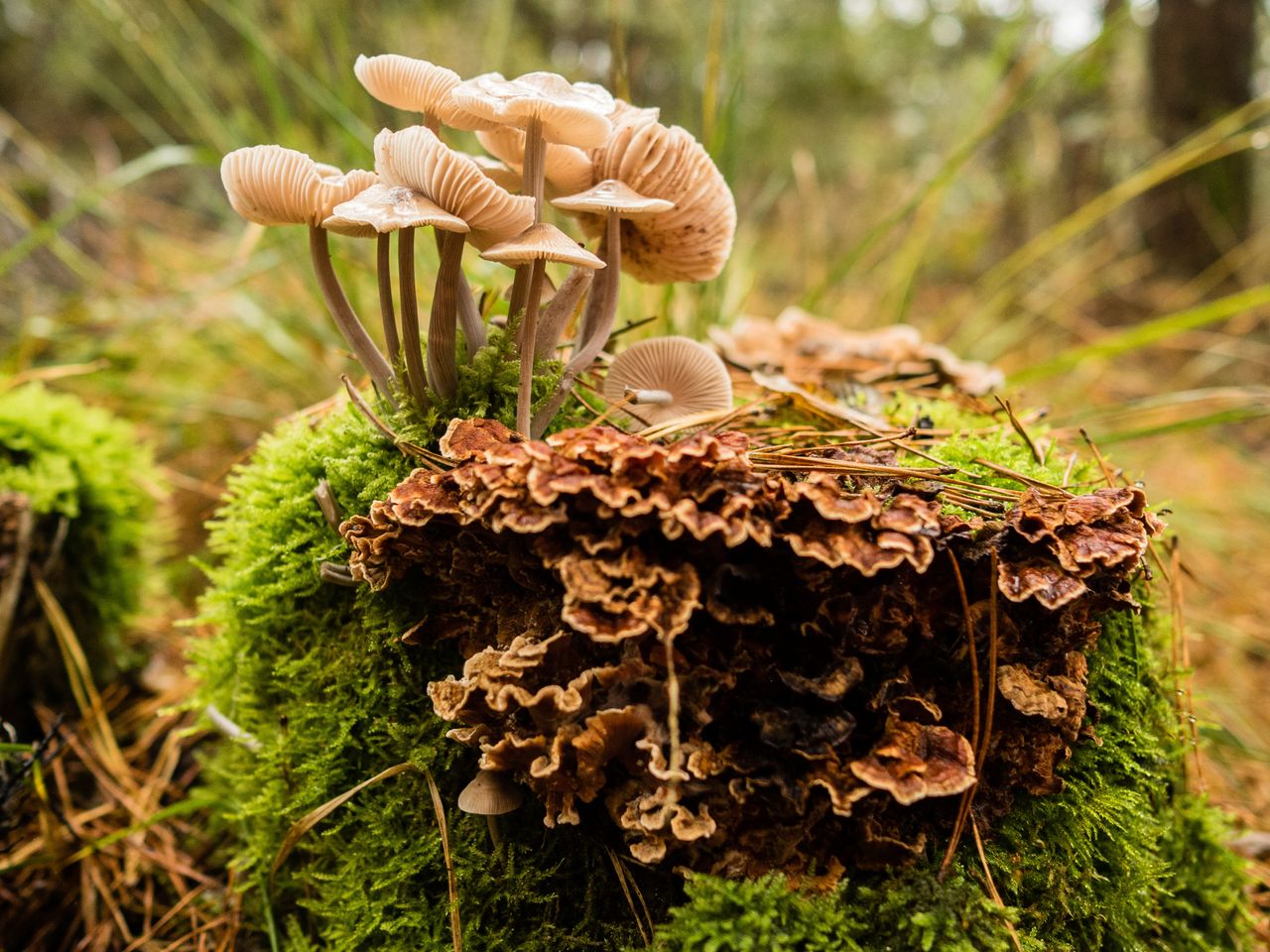
In 1815, Mount Tambora, the largest volcano of the 19th century, erupted, and for two weeks it shot billions of tons of gas and particles high into the atmosphere. Over the next year, those particles spread around the globe blocking sunlight and culminating in what later became known as the year without a summer. By the summer of 1816, agriculture was suffering, crops failed, and there was widespread famine.
I could ask if this could happen again but of course the answer is yes, more volcanoes will erupt in the future. And of course the disaster could be much worse.
Yellowstone or some other super volcano could erupt. An asteroid or comet could be just as devastating to the human population as it was to dinosaurs. And as horrific as one nuclear weapon is, if many were launched, they could trigger a nuclear winter which could also block the sun for years or even a decade. Even scarier is that current estimates predict we have about a 1 in 10 chance that one of these disasters could strike this century.
So the bigger question is: can we prepare in advance so that we minimise famine? I argue that, again, the answer is yes.
We currently only have a few months of food storage globally. To store enough food for all seven billion people for five years would require barrels of food stacked from the Earth to the moon and back… 40 times! And it would cost more than $10 trillion. Instead of relying on food storage, we need to implement plans that would ensure alternative food production if current agriculture methods fail.
Mushrooms, for example, offer a good source of nutrition. They don’t need any sunlight and they can grow on dead trees - which will be unfortunately plentiful after the catastrophe. Some animals can also eat leaves that have been shed by trees, and we can eat the animals. Alternatively, we can also access the nutrients from the dead leaves directly by grinding them, boiling them, and skimming the nutrients off the top. Then the leftover product from this can be turned into sugar.
There are certain types of bacteria that can grow on natural gas. They are currently being fed to fish. But if people were starving, we could eat it. This might not sound tasty, but it’s not that different from many of our current practices. The superfood spirulina, often called algae, is actually bacteria. And lots of our foods have bacteria, like yogurt and even cheese.
And then there are bugs. Over 1 billion people regularly eat insects, and these tiny creatures are most likely to survive a catastrophic event. While the idea of eating bugs may make your skin crawl now, it’s something to keep in mind if the situation ever gets dire enough.
But what if the catastrophe that strikes has nothing to do with particles blocking the sun? Solar storms, nuclear weapons exploding at high altitude, or a coordinated cyber attack could wipe out our electrical systems bringing shipping ― and all of the modern world ― to a halt. But in this case, we’d still have sun. It would just be a matter of taking advantage of the resources available to different areas to expand the farmable land in each region. A lack of fertiliser would be among the biggest challenges, but even that can be overcome.
We could burn wood in landfills for heating buildings, drying food, and making water safe to drink ― and from that, we could get phosphorus and potassium from the ash. Then we could plant a high fraction of peas, beans, and peanuts, which would pull nitrogen from the air and into the soil.
The important take-away here is that if disaster strikes, we can survive. I wrote a book a few years ago called Feeding Everyone No Matter What, and in it, I outlined how we can scale up these techniques and more so that as many of us as possible can survive. In fact, the biggest roadblock we face is simply building awareness so that governments, communities, and individuals can take proactive steps to ensure they’re ready to hit the ground running if a disaster does strike. I’m so convinced we can make this work that I’ve started the non-profit, the Alliance to Feed the Earth in Disasters (ALLFED), and I’m currently donating half of my income to support it. We have a great team poised to research these food sources more and build preparedness.
What can you do? Learn about our plans to feed the world on our website and help us spread the word.
HuffPost UK Tech has launched HuffPost-Apocalypse, a project that aims to investigate what an apocalypse would mean for humanity, how we can best delay the end of the world, what the world will look like after we’re gone and what the best viable options for survival will be for anyone left. Join in the conversation with #HuffPostApocalypse on Twitter. To read more from the series, visit our dedicated page.
